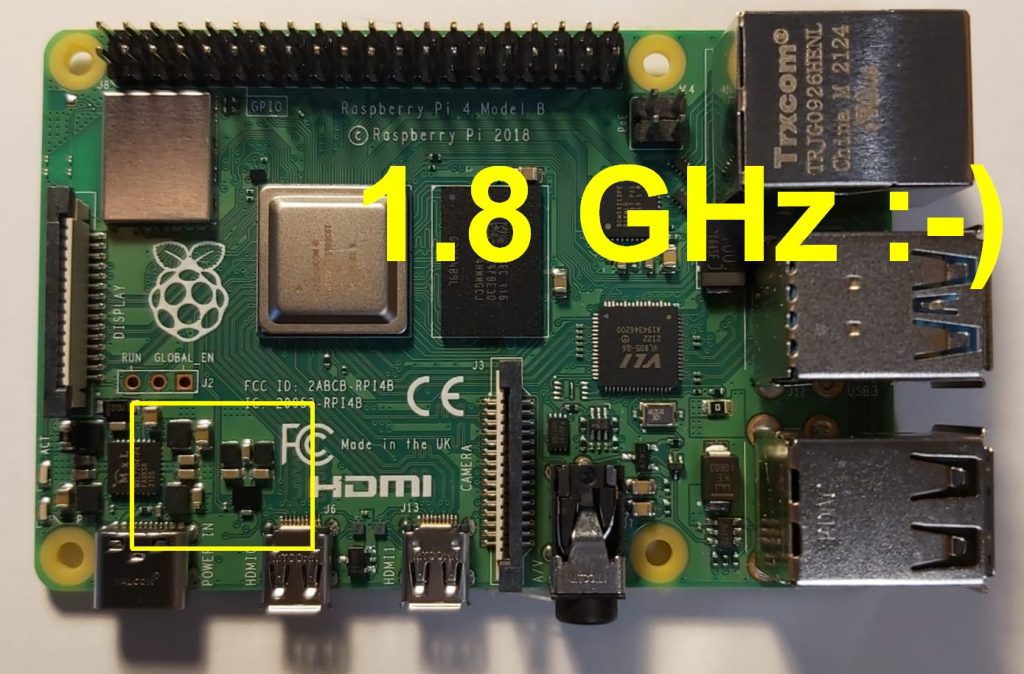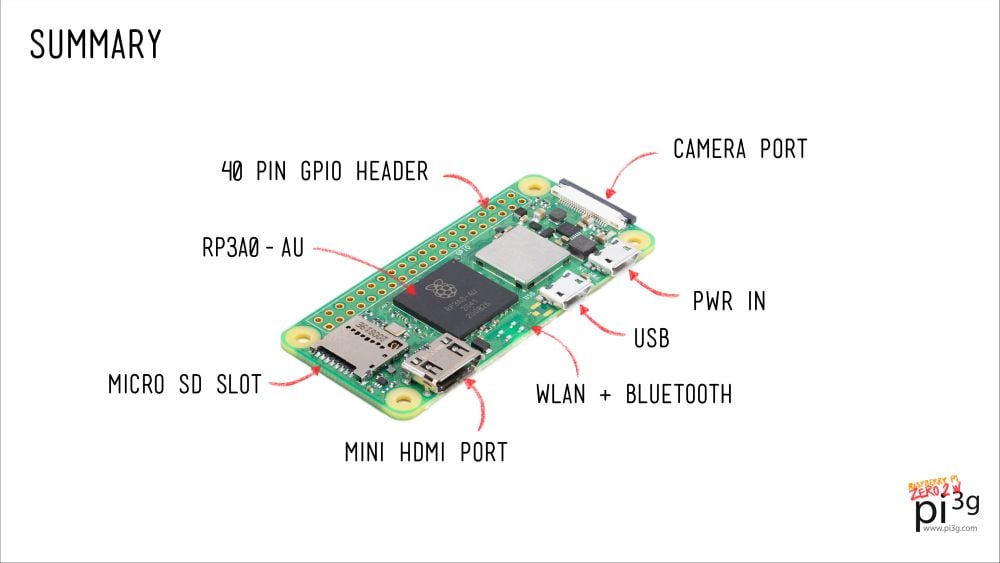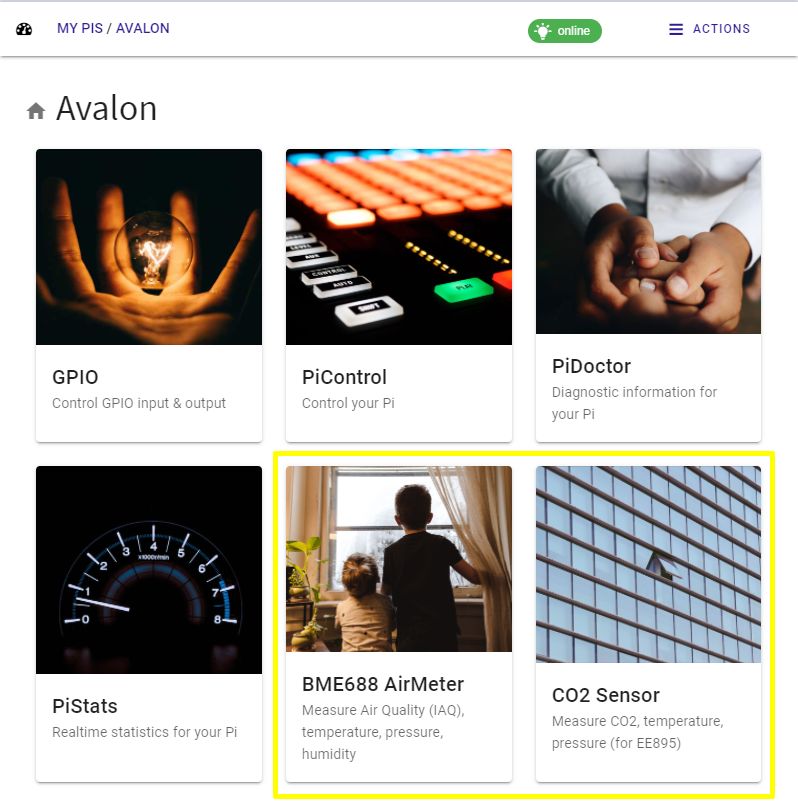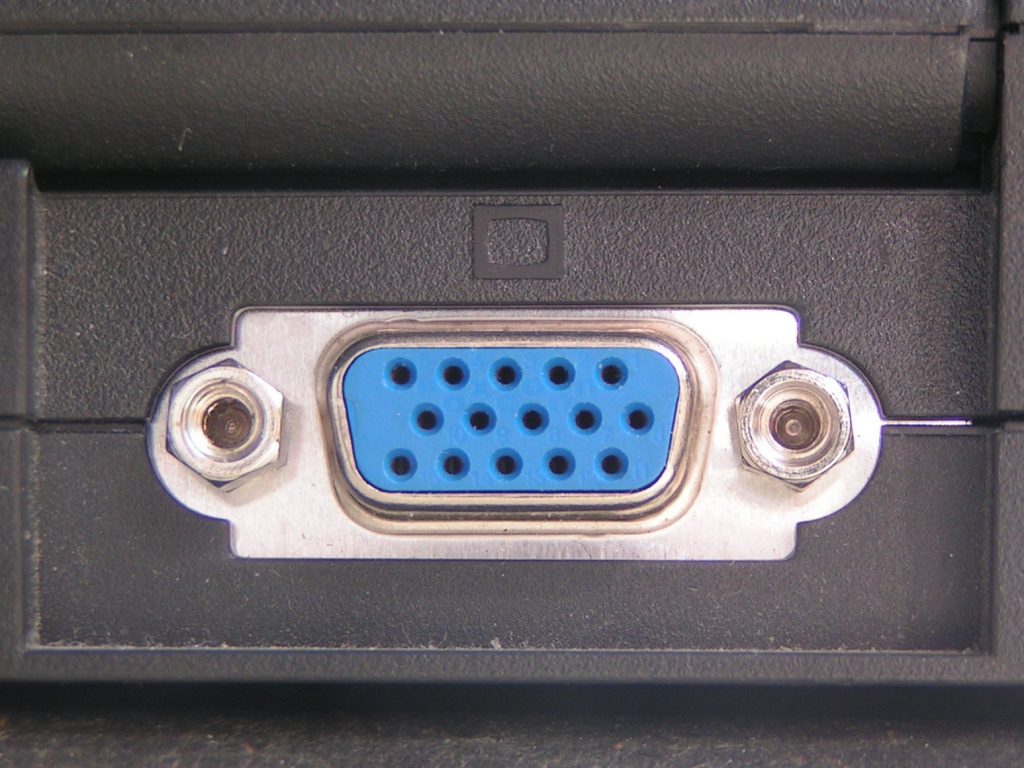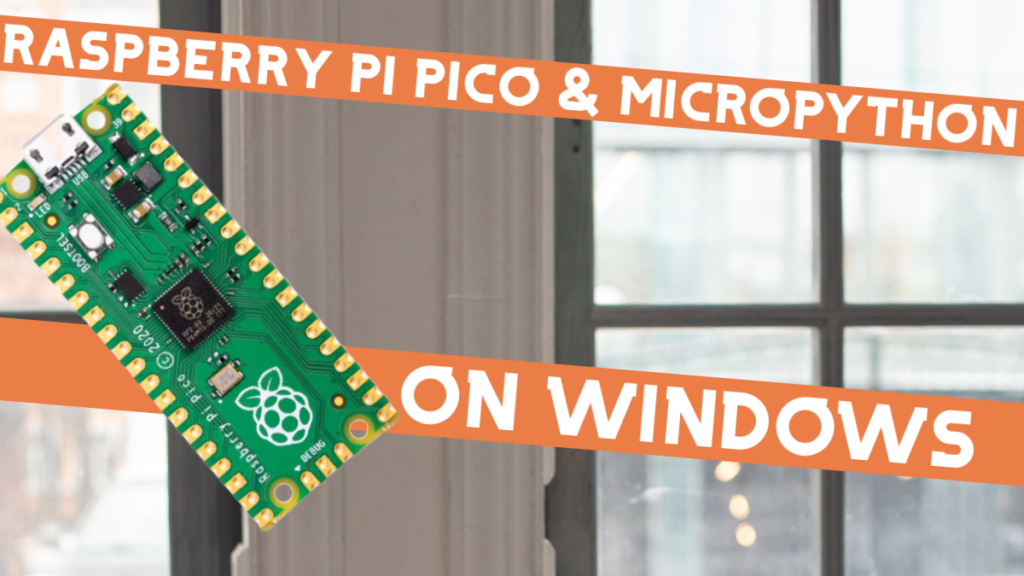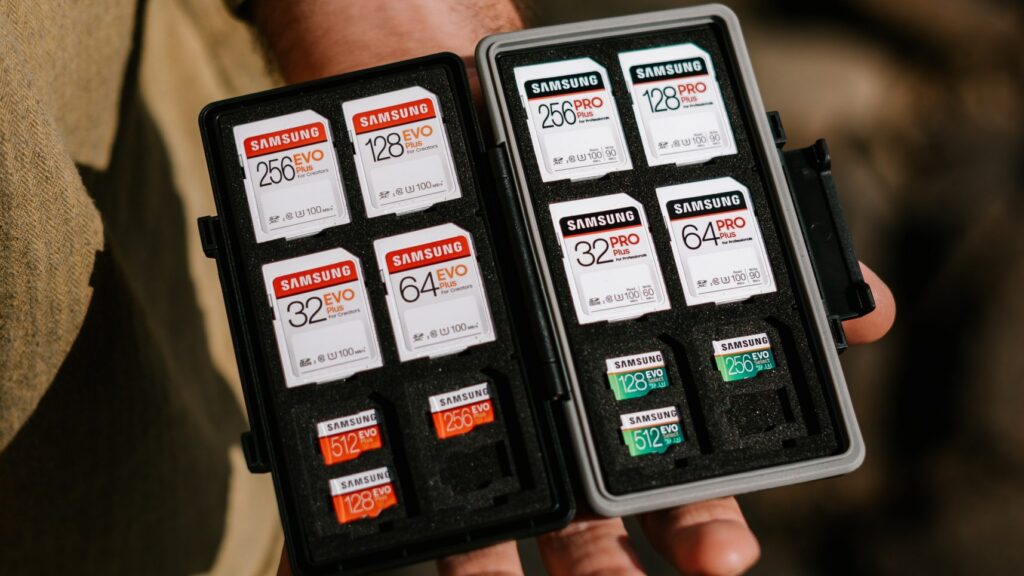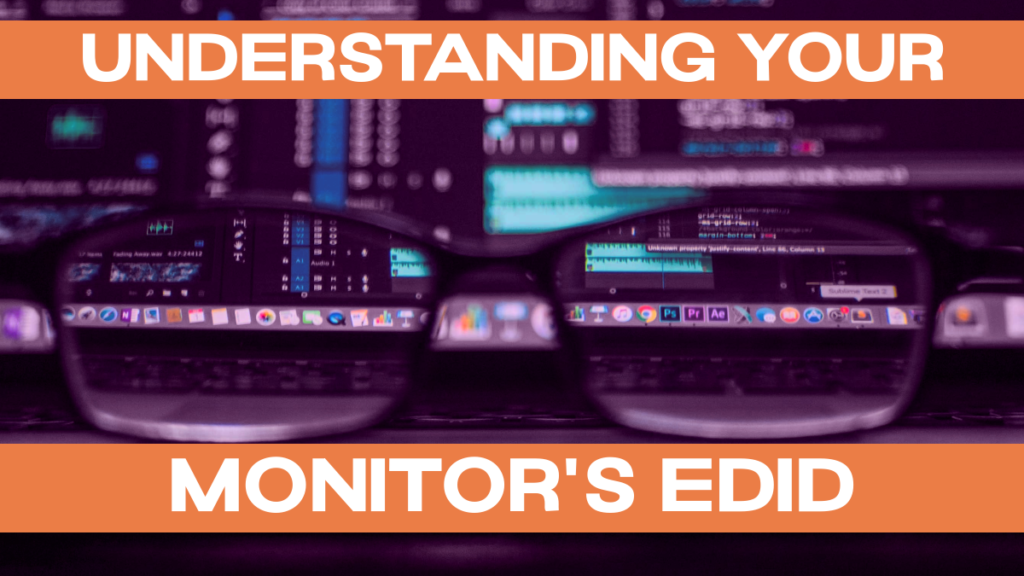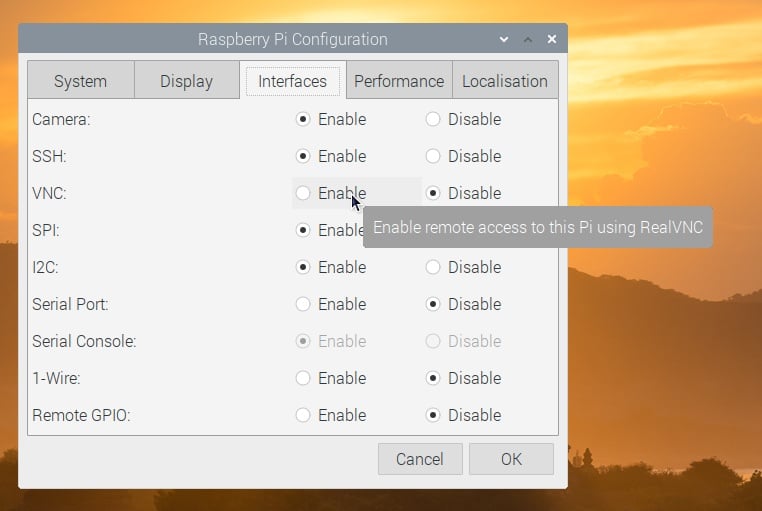Posts by raspi berry
Free upgrade: Raspberry Pi 4 now with 1.8GHz instead of 1.5GHz
Raspberry Pi has also increased the clock speed for many Raspberry Pi 4 to 1.8GHz with the introduction of Raspberry Pi OS Bullseye! That’s 20% more performance for the same price 🙂 The upgrade brings the Pi 4 up to the clock speed of the Pi 400, which was previously the fastest Raspberry Pi model.…
Read MorePiCockpit on Raspberry Pi OS Bullseye
Update 7.1.2022 (final fix) I have now released two separate packages on our normal repository for both bullseye and buster. Our install script should automatically choose which repository you can use. In order to install picockpit-client on both Raspberry Pi OS Bullseye and Raspberry Pi OS Buster please simply run the following command on your…
Read MoreEverything about Raspberry Pi Zero 2 W
Raspberry Pi Zero 2 W in a nutshell Almost 4 million Pi Zeros have been sold up to date – it’s time for a refresh of the series! The new Raspberry Pi Zero 2 W is a significant upgrade to the previous Pi Zero generation. The most important change is the powerful CPU upgrade. The…
Read MoreSneak Peek into PiCockpit v2.1
Behind the scenes, we have been working on PiCockpit v2.1 for a while now. There is a cool new feature coming for PiStats, but this will be revealed when PiCockpit v2.1 is ready 🙂 For now a sneak preview into one of the two new apps (“BME688 Air Quality Meter” and “CO2 Sensor”) for the…
Read MoreRaspberry Pi Pico Video Output
TL;DR The Raspberry Pi Pico is an incredible little microcontroller. While it does not have a video output interface built-in, like it’s bigger Raspberry Pi Zero / 1 / 2 / 3 / 4 / 400 siblings (HDMI / double HDMI in their case), it is possible to add a video output to the Pico!…
Read MoreRaspberry Pi Pico and MicroPython on Windows
This article answers the question: How do I use the Raspberry Pi Pico with MicroPython on Windows? We also show how to install the right driver for “Board CDC” (which the Pico will show up as once MicroPython is installed) on Windows 8.1. (We will also discuss the differences between MicroPython and CircuitPython where applicable…
Read MoreAll about SD card health on the Raspberry Pi
The SD card is – next to the power supply – a critical additional component of the Raspberry Pi. Monitoring it’s health is really important to ensure a smooth operation of your Raspberry Pi operating system, and a good user experience. This article will show you several ways how to check and monitor the health…
Read MoreUltimate List of Unusual but Really Useful Linux Shell Commands
This is a compilation of lesser known Linux shell commands – but really useful ones. Useful as in: saving time, giving you additional tools to do things you couldn’t before, but also entertaining. Enjoy reading, and let us know in the comments if there are additional tools we should add! Installation instructions will be for…
Read MoreHow to Read Your Monitor’s EDID on a Raspberry Pi
In this post, we tell you exactly what you need to do in order to make sense of your monitor’s extended display identification data (EDID) on your Raspberry Pi. Note: previously, a function to read the EDID used to be available with the standalone version of PiDoctor. This version has been discontinued, and the functionality…
Read MoreHow to use RealVNC on a Raspberry Pi (remote desktop)
This guide shows you how to connect to your Raspberry Pi using RealVNC. Use RealVNC to easily access your Raspberry Pi’s desktop from your main computer, to transfer files and share the clipboard. This is really convenient if, for example, you don’t want to get an additional monitor for the Raspberry Pi. Terminology: VNC, RealVNC,…
Read More